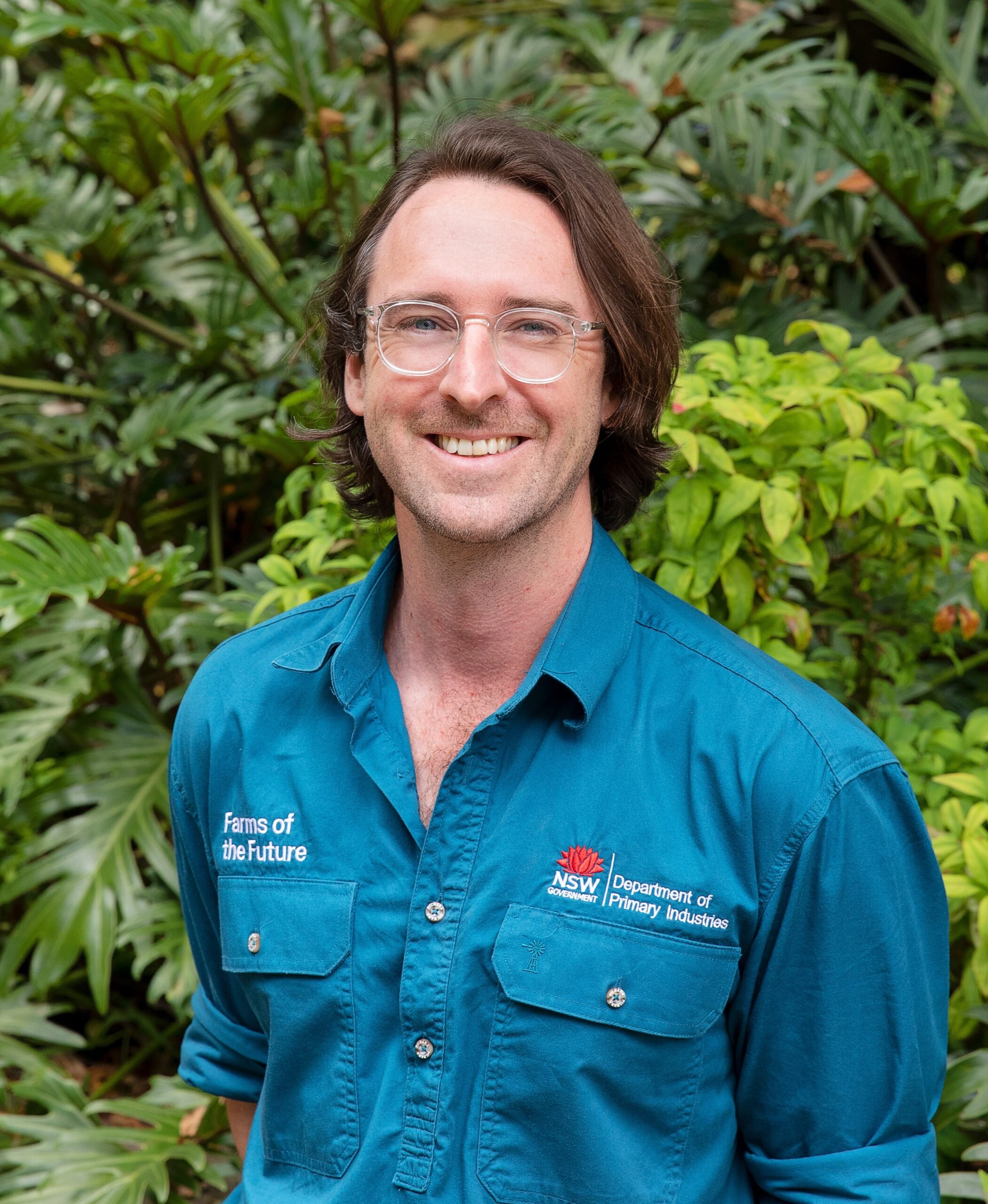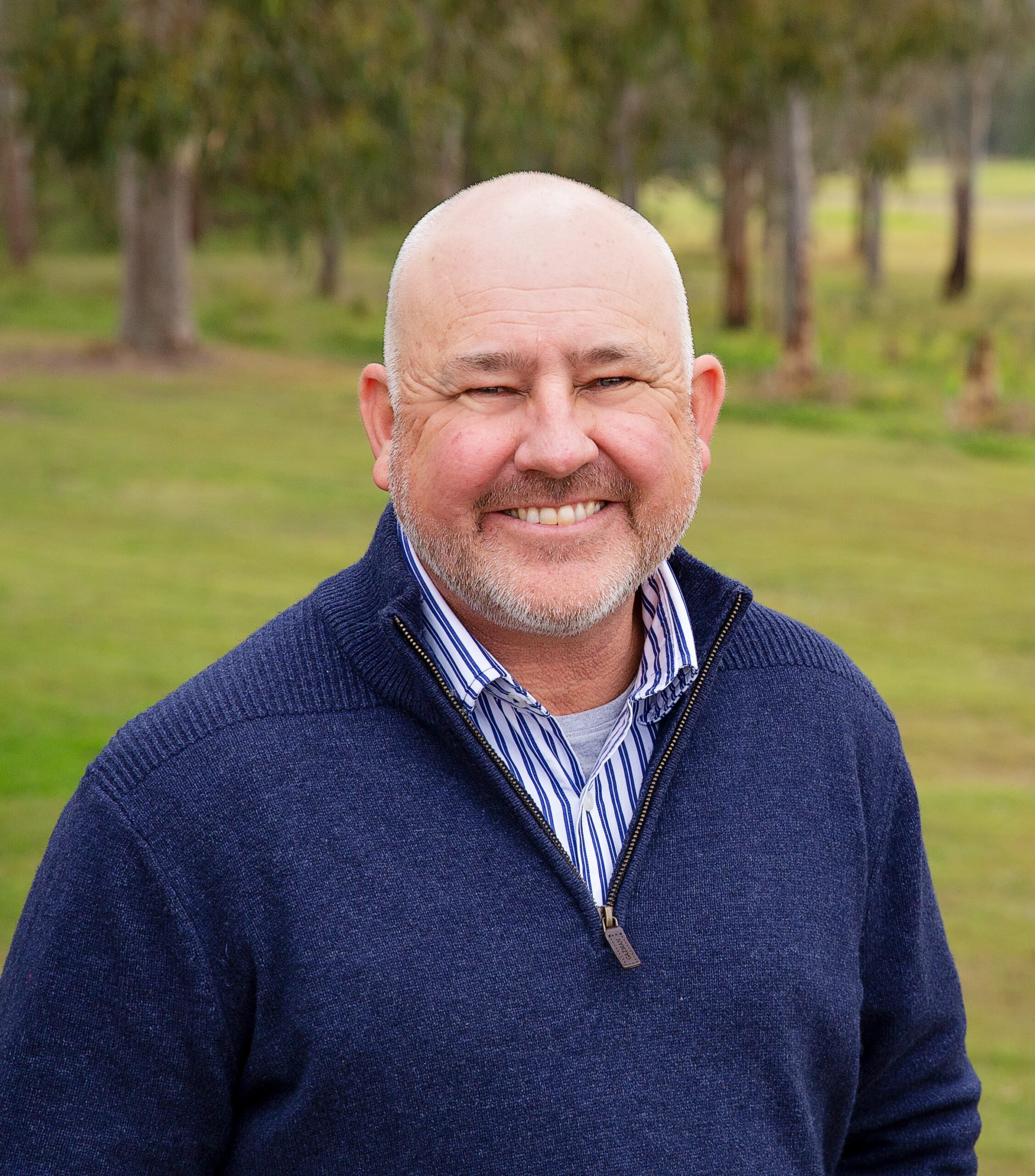PIRSA launched the first round of the AgTech Growth Fund in 2022, with nine innovative South Australian agribusinesses successful. The AgTech Growth Fund, a part of the PIRSA AgTech Program, is designed to accelerate the development and commercialisation of innovative agricultural technologies in South Australia to solve pressing industry challenges. The development of AgTech has the potential to make the biggest step change in agricultural productivity in our lifetime.
Case studies for eight of the completed projects are now available and are summarised as follows:
- Amanda Mader and VineScout: Developed a solution to automate bunch weight measurement for estimating vineyard yields between veraison and harvest. The outcome is in-field loggers for real-time bunch weight logging, that saves time and labour and no longer wastes a significant amount of fruit.
- Beston Global Foods: Trialled the methane-reducing ability of red seaweed for dairy cattle, on a commercial dairy herd on the Fleurieu Peninsula. Data is stored in a custom blockchain platform developed by Beston, which eliminates false reporting for methane reduction. Novel methane meters measured methane at both morning and afternoon milkings. Within this environment, methane was found to reduce by 21%.
- Blue Farm Intelligence: Developed the miShell app to improve traceability across the oyster supply chain and ensure food safety for consumers. Oysters can be tracked from harvest to plate, ensuring low temperatures are maintained and safe for consumption.
- Coolsan: Reduced food wasted and extended the shelf life of fresh produce by miniaturising their ChillSafe product, emitting ultra-low dose hydrogen peroxide vapour. ChillSafe, the size of a silica gel packet, maintains fresh produce for 30 days.
- Cropify: Lentils are classified by the human eye, leading to misclassification and growers underpaid for their product. Using artificial intelligence and machine learning, Cropify can classify lentils with 98% accuracy. They are planning to expand to other grains and pulses.
- Flux Robotics: Developed a high-precision robotic arm that selectively removes weeds in-crop without the need for herbicide. This is helping to meet the challenges of herbicide resistance, chemical prices, and regulatory and consumer pressure on chemical use.
- McLaren Vale Grape Wine and Tourism Association: Developed a platform for growers to store and use high-resolution, standardised digital vineyard maps, that can be shared with AgTech providers and agronomists. The user-friendly platform allowed growers to view, access, edit, update and export vineyard maps themselves, without the need to hire a GIS consultant to update their maps each time an element of their vineyard changed.
- Trust Provenance: Improved traceability in the grains industry through software development for barley producers by storing crop and grain data throughout the supply chain thatchain, that can be shared with stakeholders.
In August 2023, PIRSA announced the recipients of the second round of the AgTech Growth Fund. These include Athena Irrigation Technologies, Airborne Logic, Bio-Optics Australia, COtL, Datahash, Eldridge Fresh Organics and Mobishear.
Round two
Round two projects are on track to be completed by mid-2024.
More information:
Find out more about the AgTech Growth Fund projects.
Acknowledgements:
- Main photo: Minister for Primary Industries and Regions, Hon Clare Scriven, with the round 1 successful projects. (Courtesy PIRSA)
- This article was peer-reviewed by Matt Anderson and Tom Flanagan.



